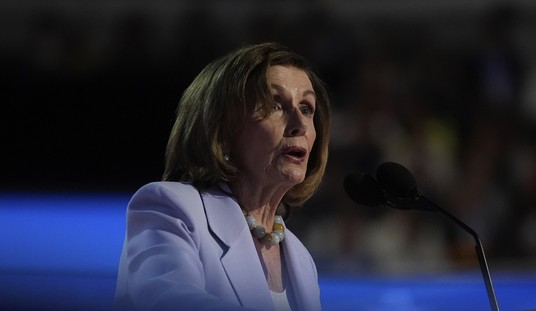I am concerned that the bailout might be the cause of the problem that it purports to solve.
Treasury Secretary Henry Paulson described the problem as follows:
The underlying weakness in our financial system today is the illiquid mortgage assets that have lost value as the housing correction has proceeded. These illiquid assets are choking off the flow of credit that is so vitally important to our economy. When the financial system works as it should, money and capital flow to and from households and businesses to pay for home loans, school loans and investments that create jobs. As illiquid mortgage assets block the system, the clogging of our financial markets has the potential to have significant effects on our financial system and our economy.
The heavy use of the plumbing metaphor almost makes one picture Paulson with his pants riding down a couple inches, leaning over a financial toilet bowl. It is clogged with unwanted securities backed by mortgages, supposedly because the sellers cannot find any buyers.
However, the market could be clogged because the prospects for a bailout are destroying the motivation to sell mortgage securities. If you sell this week and take a big loss, you will look pretty stupid if there is a bailout next week where comparable securities fetch much higher prices.
It could be that a Congressional rejection of the bailout proposal, rather than clogging the markets, will unclog them. If Congress goes home having sent financial institutions a clear signal that there will be no bailout of any kind, then sellers will bring their securities to market, and we will find out what the market thinks they are worth.
In the worst case scenario, the market will assign low values to the securities. Firms that are sufficiently capitalized to hold mortgage securities will earn profits at the expense of weaker companies that have to sell securities or go bankrupt. In the end, it may turn out that the winners really took advantage of the losers. That is capitalism at work in financial markets.
In order to absorb mortgage securities, healthy institutions may need to cut back on other lending, including new mortgage loans and loans to small businesses. That would hurt the economy.
In the case of banks, regulators have a solution to the problem of reduced lending. Bank lending is limited by capital regulations. Banks are required by law to have capital set aside in proportion to their outstanding loans of various types. Regulators could loosen those requirements temporarily, because of the unusually dire need for lending. This regulatory forbearance concerning capital requirements could be applied only to new lending, effective the date that the policy is announced.
Loosening capital standards is risky. If a bank subsequently makes reckless loans and goes under, the cost to the government’s deposit insurance fund will be higher than if the regulations had remained tight. However, that is a straightforward risk, which can be monitored closely on an ongoing basis by the civil servants of the Federal Deposit Insurance Corporation (FDIC) using techniques that they have in place today.
Another form of forbearance would be to loosen accounting standards. In particular, regulators could drop the requirement that firms mark securities to market values when markets are illiquid. The risk of this approach would be that firms with real losses would hide them, which is what happened during the S&L Crisis. Again, particularly in the case of banks, regulators could adapt to control the worst risks of forbearance.
In contrast, the bailout proposal takes the Treasury into completely uncharted territory. The Treasury has no expertise in evaluating mortgage credit risk. This is a very complex mathematical problem. I know, because I used to do it for a living.
Ben Bernanke and Henry Paulson are asking Congress for a $700 billion stake to enter this business at a time of unprecedented difficulty in predicting home prices. If they were taking their plan to a venture capital firm to seek funding, they would be laughed out of the office. Their proposal is sketchy, with no financial projections included. Their qualifications for running the business are unimpressive-neither Bernanke nor Paulson has a background in mortgage default modeling. The business is sure to be encumbered with all sorts of political mandates and requirements from Congress, imposed by the same Congressional leaders who encouraged Freddie Mac and Fannie Mae to plunge into subprime mortgages.
The risks of enacting the plan are far worse than the risks of doing nothing.









Join the conversation as a VIP Member